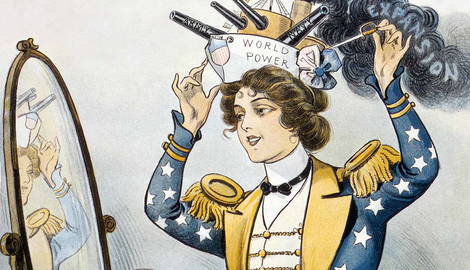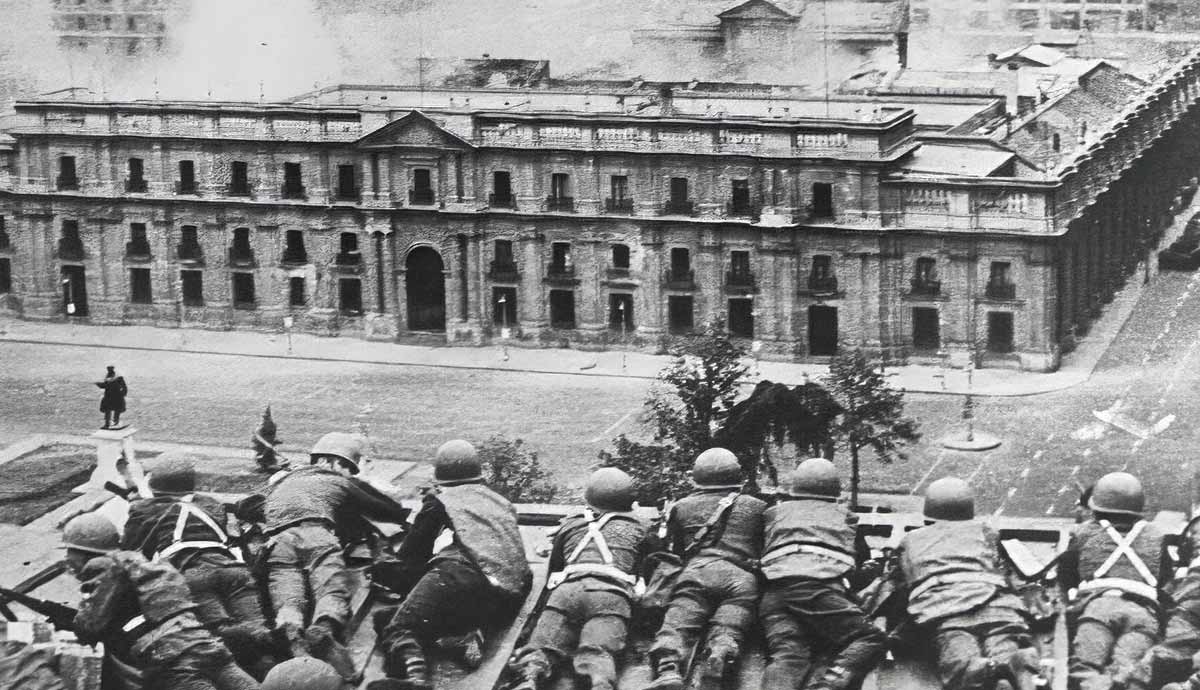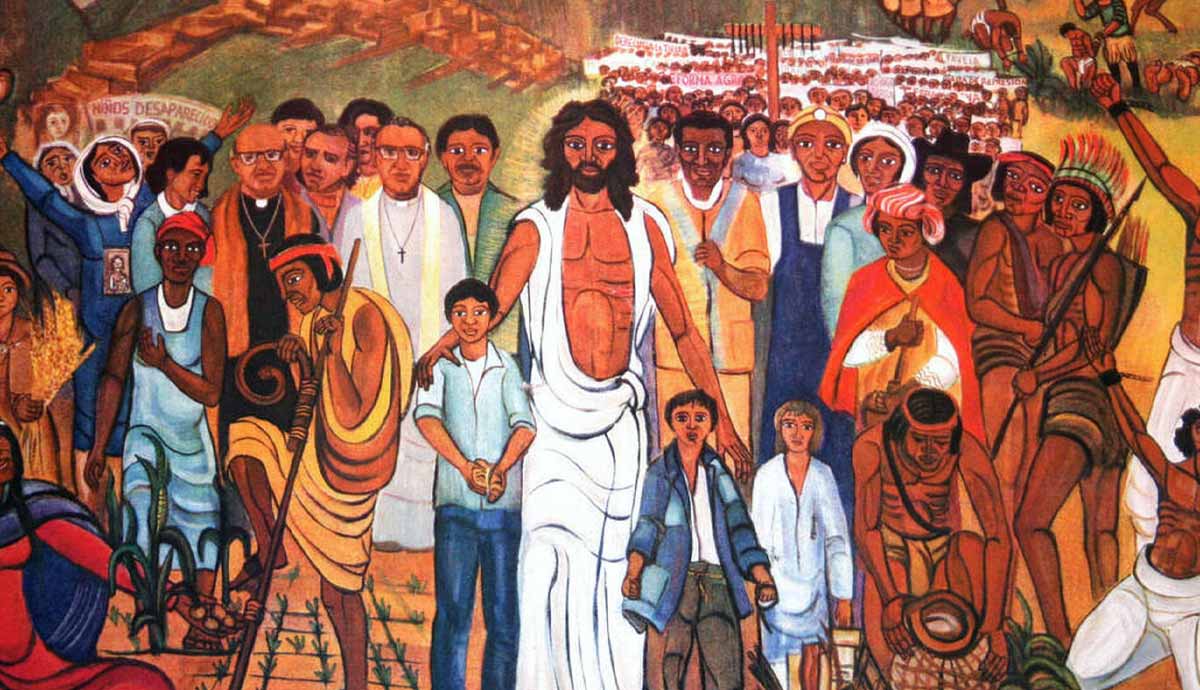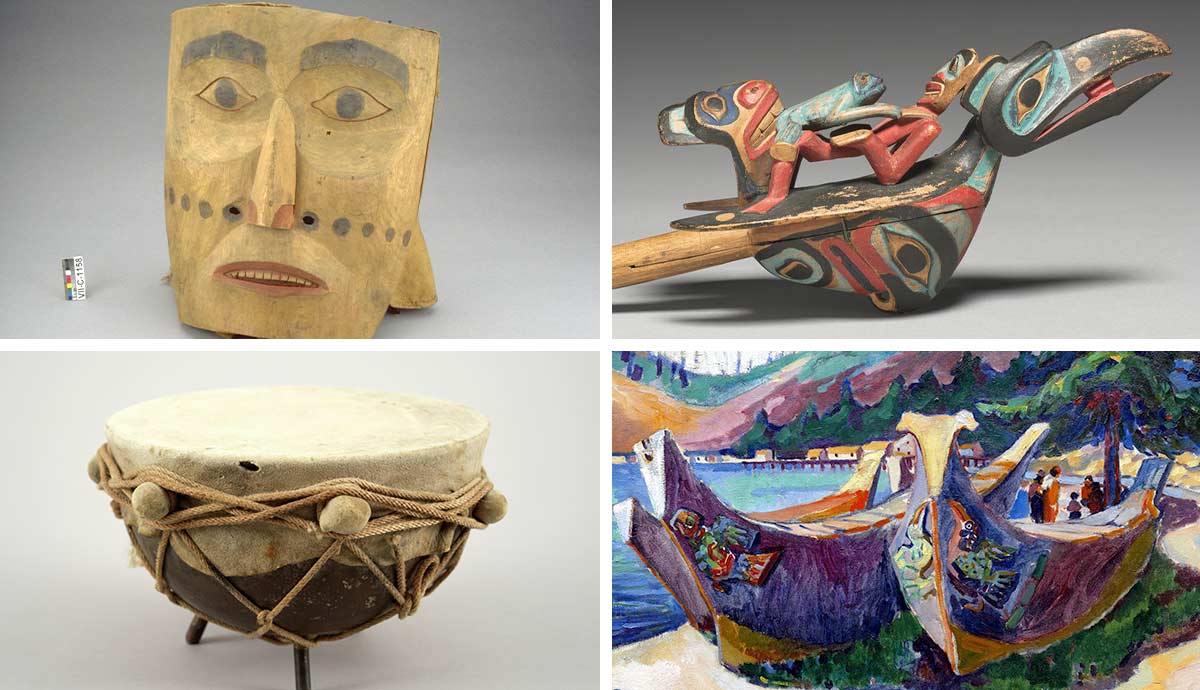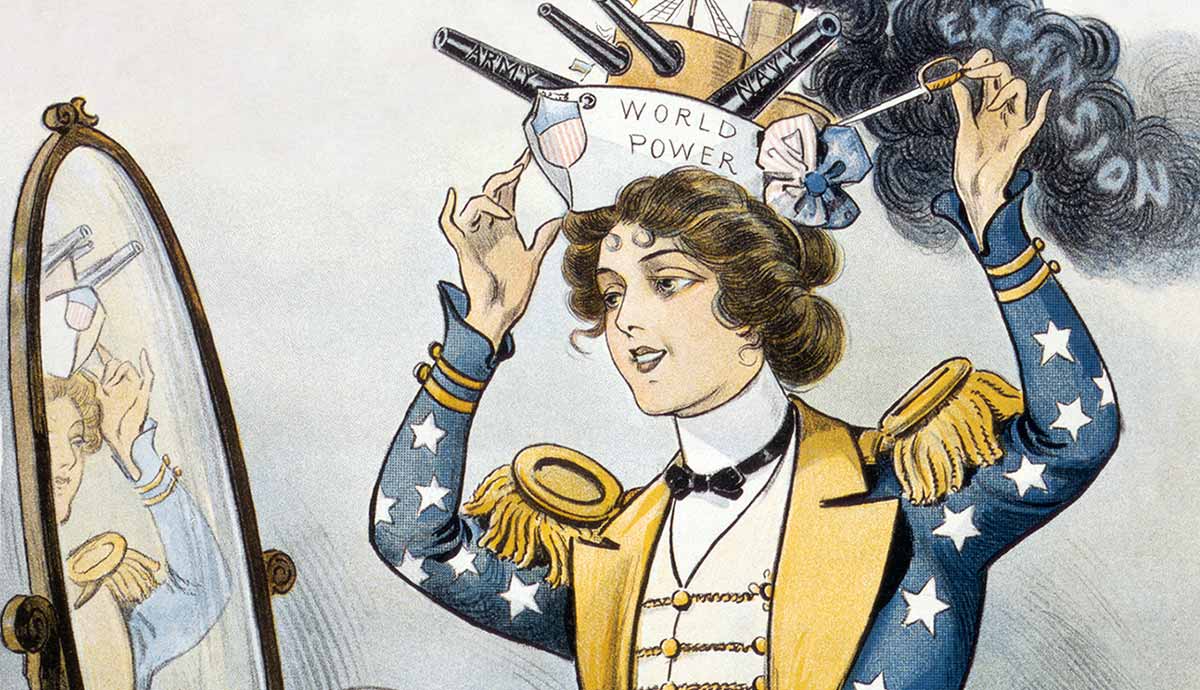
The Mexican Revolution was perhaps the most consequential event in the country’s modern history. Although internal affairs and dynamics mainly drove the conflict, it was not exempt from external pressures and foreign intervention, namely, the United States’ intervention throughout much of the conflict. Their active participation in the conflict ranged from choosing which faction to recognize as legitimate to aiding in the planning and execution of a successful coup d’état. The United States’ intervention in the Mexican Revolution was just one case in the greater American intervention policy in the Americas.
The Monroe Doctrine & US Intervention in the Americas

At the start of the 19th century, the United States assumed a foreign policy position that would forever change the power dynamic in the Americas. The Monroe Doctrine, so-called after the US President who first articulated the policy, James Monroe, called for the opposition of European colonialism in the Western Hemisphere. He maintained that any breach of such policy would be considered a hostile act against the United States, thereby placing the Americans as the sole hegemonic power of the continent.
The Monroe Doctrine was massively consequential for American foreign policy in the Americas throughout the 19th and 20th centuries. By placing the entire continent under its sphere of influence, the United States became a major policing actor and a colonial power in its own right. The doctrine and other similar policies drove most of the American foreign affairs towards an active and aggressive state generally interested in enforcing and protecting US political and economic interests abroad.
The stated purpose of the US government regarding its intervention in the Mexican Revolution was first to warn Mexican authorities of potential “actions” from the US military on Mexico if American lives and property were threatened. It later evolved into a more active purpose, with the attempt to depose Mexican dictator Victoriano Huerta, as he was incapable of maintaining order and protecting US interests.
Henry Lane Wilson: The US Ambassador Who Helped Topple a Revolutionary Government

American foreign policy in Mexico before the revolution was largely focused on maintaining good relations with the Diaz regime. For most of his rule, Diaz enjoyed a peaceful and successful partnership with the United States. Diaz had not been elected; rather, he seized power in 1876, ousting the previous president. The US government sided with Diaz because his administration welcomed more foreign investment and was generally fine with the US reaping major economic gains so long as Mexican political sovereignty was not challenged, and the US government aided Diaz in his aim for “order and progress.”
The Diaz regime was eventually challenged and toppled by Mexican revolutionaries during the Mexican Revolution. Led by businessman and hacendado Francisco I. Madero, the revolutionaries defeated Diaz in 1911, and Madero became the new president. The United States Ambassador to Mexico, Henry Lane Wilson, went on to conspire with Mexican general Victoriano Huerta and Diaz loyalists Bernardo Reyes and Felix Diaz, reaching an agreement known as “El Pacto de la Embajada,” or the Pact of the Embassy, where the Mexican side agreed to oust Madero. The motivations behind Wilson’s actions are largely uncertain, but it is plausible that he held some animosity against Madero for personal reasons.
President Madero was taken prisoner and later killed in 1913 after a ten-day-long successful coup attempt known as La Decena Tragica (Ten Tragic Days). A month later, in March 1913, Woodrow Wilson was elected President of the United States. When he discovered what the American ambassador had done, he found his actions appalling, and on July 17, after seeking independent information about the events, President Wilson dismissed Ambassador Wilson. The US President rejected the legitimacy of the Huerta regime and demanded his government held democratic elections. He also urged European nations not to recognize Huerta.
The United States Side With the Mexican Revolution, Against Victoriano Huerta

The new government in Mexico was profoundly unpopular and Huerta was quickly challenged. The same year he seized power, a new coalition of revolutionaries formed to oppose him. The Constitutionalists, as they came to be known, were led by politician Venustiano Carranza, governor of the northern state of Coahuila, bordering the US. Huerta called for elections and first stood as a candidate, but, realizing his lack of support from potential allies, Huerta allowed his foreign minister to stand as a candidate instead. Wilson supported this arrangement and urged the revolutionaries to accept such comprise, but they refused.
The conflict that emerged was different from the one in the first stage of the Mexican Revolution. The country now found itself immersed in a civil war, mainly fought in the north of the country and in other more regional fronts like Morelos, with the Zapatistas, a more radical and demanding faction of revolutionaries. The US government provided arms to the northern revolutionaries but refused to sell any weapons to the Huerta regime after the arms embargo imposed on the Mexican government by Wilson in August 1913.
In 1914, while the revolution against Huerta was taking place, a few major figures of the revolution held a meeting and interview with the United States Army at the Customs Office in Ciudad Juarez. The interview culminated with a photograph in which revolutionary leaders Pancho Villa and Alvaro Obregon can be seen alongside US General John J. Pershing and future World War II general Lt. George S. Patton. Years later, Pershing would lead a military expedition into Mexico attempting to capture Villa after he led an attack into US territory.
The Tampico Affair & the US Invasion of Veracruz

On April 9, 1914, nine US sailors were detained by Mexican federal troops in the port of Tampico. The sailors were coming back from a purchase of fuel they had arranged with a German businessman inside Mexican territory. The US Admiral in charge of the sailors demanded that the Mexican troops freed them and performed a 21-gun salute honoring the US flag, but the Mexican troops refused. The incident was ultimately managed and resolved between US and Mexican diplomats. Wilson was, however, unsatisfied with the resolution and decided further action was necessary. Wilson was convinced to challenge Huerta and called for the taking of the port of Veracruz to eventually depose the Mexican president.
On the 21st of April, US troops intercepted an arms shipment directed to Huerta’s troops. The Americans had taken the port of Veracruz the previous evening. The SS Ypiranga, the German steamer transporting the arms for Huerta, was never captured and was eventually successful in delivering its cargo to a different port. The incident, however, began a seven-month-long conflict between the United States and Mexico.
The US occupation of Veracruz ended in November, after the ABC powers, so-called after its members — Argentina, Brazil, and Chile — helped settle the conflict at the Niagara Falls Peace Conference. The port was handed over to General Candido Aguilar from the Constitutionalists, who were winning the offensive against Huerta. It is estimated that thousands of Americans were forced to leave Mexico, lose all of their property, and return to the United States as refugees after growing anti-Americanism sentiments and riots began taking place in Mexico. Stations in charge of dealing with the refugees were set in New Orleans, Texas City, and San Diego.
The Hunt for Pancho Villa: The US Punitive Expedition in Mexico

After the defeat of Victoriano Huerta, the Constitutionalists assumed power and Venustiano Carranza, the leader of the faction, went on to become president. The other revolutionaries who had helped defeat Huerta, however, were unsatisfied with the new government, seeing that it was not as willing and effective in executing their demands. Carranza was recognized by the US as the head of state of Mexico, making clear who the Americans now supported and viewed as legitimate.
Pancho Villa, once favored by the United States, was defeated by the Constitutionalists. Villa felt betrayed and began attacking Americans and their property across the border. Things escalated when Villa went further into US territory and attacked the city of Columbus, New Mexico. The raid carried out by Villa and his followers was seen as an embarrassment for both the US and Mexican governments. Several US civilians and soldiers were killed and injured in the raid, but Villa’s forces suffered greater losses. The very next day of the assault, President Wilson commanded General John J. Pershing to pursue Villa into Mexico and capture him.
The Punitive Expedition lasted almost a year, from March 14, 1916 to February 7, 1917. Although the stated purpose for the expedition was the capture of Pancho Villa, and it came close to achieving said goal, the operation evolved into a very delicate conflict between the US forces and the Constitutionalists. For the first half of the conflict, the US troops engaged with the Mexican army intermittently. At one point, thousands of American troops were mobilized to the border in case war broke out. War was ultimately avoided, but Villa was never caught. The American troops remained stationed in the north of Mexico for another six months, until the beginning of 1917 when President Wilson recalled them.
The Zimmerman Telegram & the End of the Mexican Revolution

Around the same time as the end of the Punitive Expedition, the British had intercepted and shared with the US a telegram from the German Empire directed to Mexico. The Zimmerman Telegram, as it came to be known, was the last major event between the US and Mexico in the Mexican Revolution. The telegram was intended as a secret diplomatic communication to Mexico, in which the German Empire tried to convince Mexico to attack the United States and reclaim the lost territory of the Mexican-American War, promising support in such conflict.
The German Empire’s intentions were those of tying down the US military in a conflict with Mexico, fearing their eventual involvement in World War I. The telegram was never really taken as a significant threat to the United States, yet it angered the Americans regardless and was important in gathering support for the entrance of the US into the war.
After the Punitive Expedition and the Zimmerman Telegram, little happened between the US and Mexico. In 1917, Mexico drafted and approved a new constitution that gave the country more power to expropriate property on the basis of national interests and asserted the country’s right to subsoil resources. These posed a threat to American economic interests in the country, though Carranza’s administration never made extensive use of such actions and was thus no major threat to the Americans.
